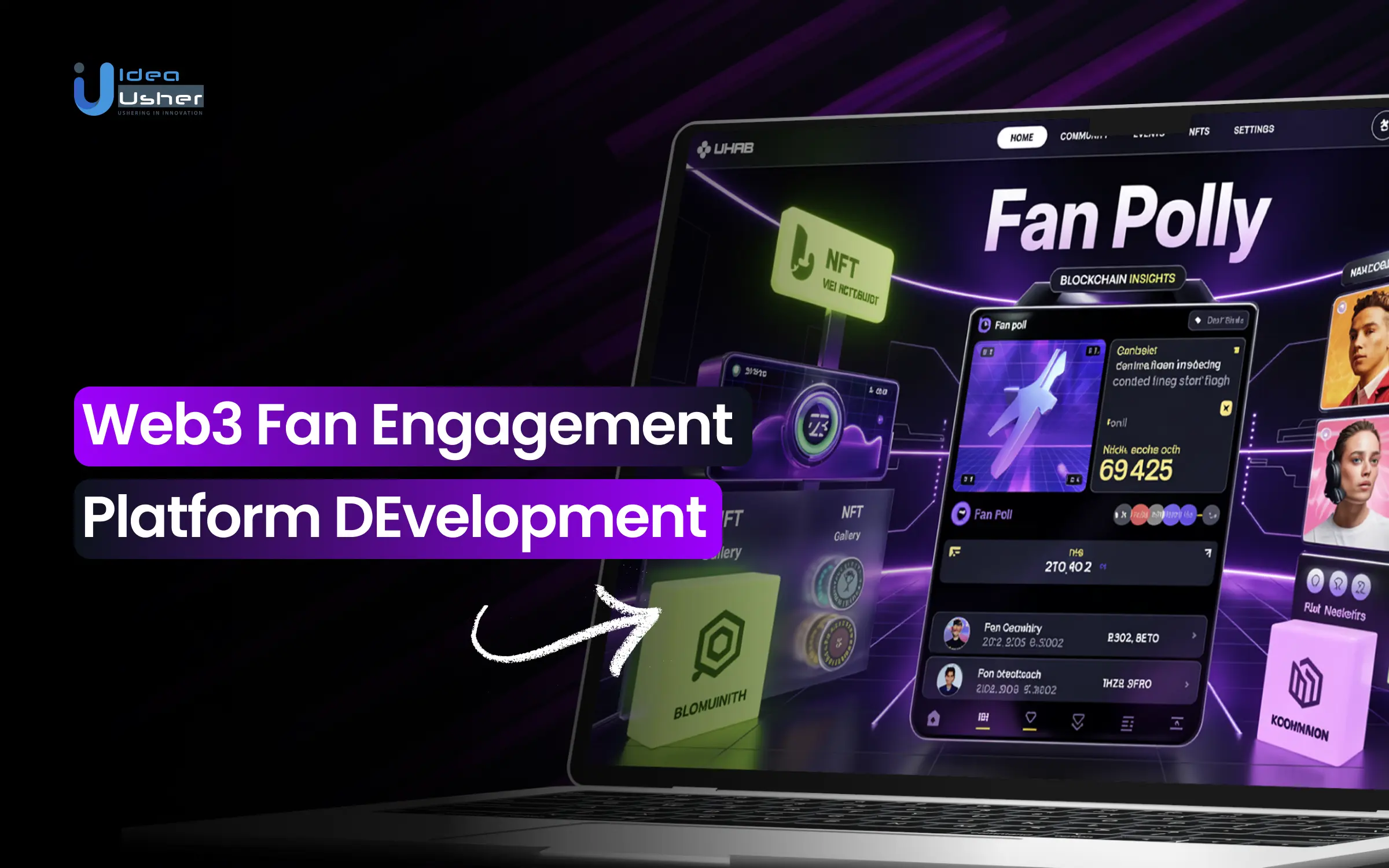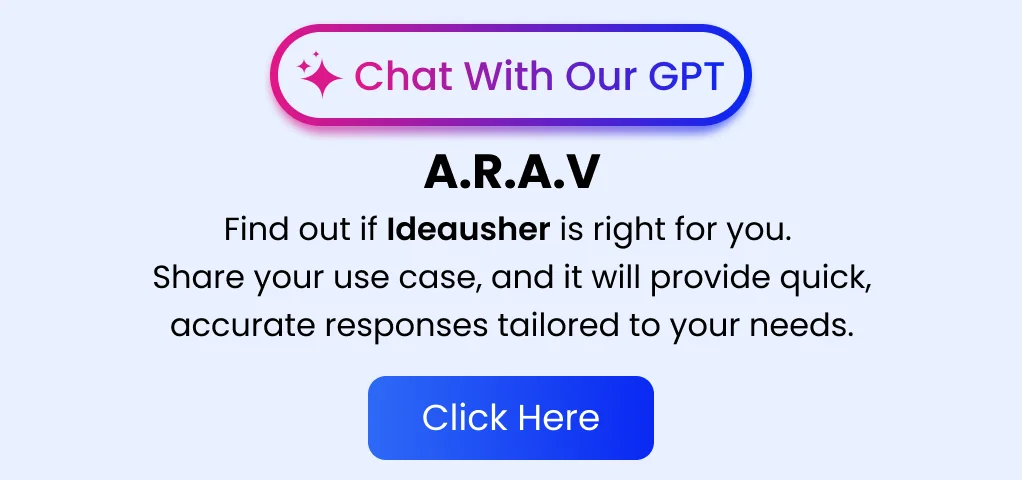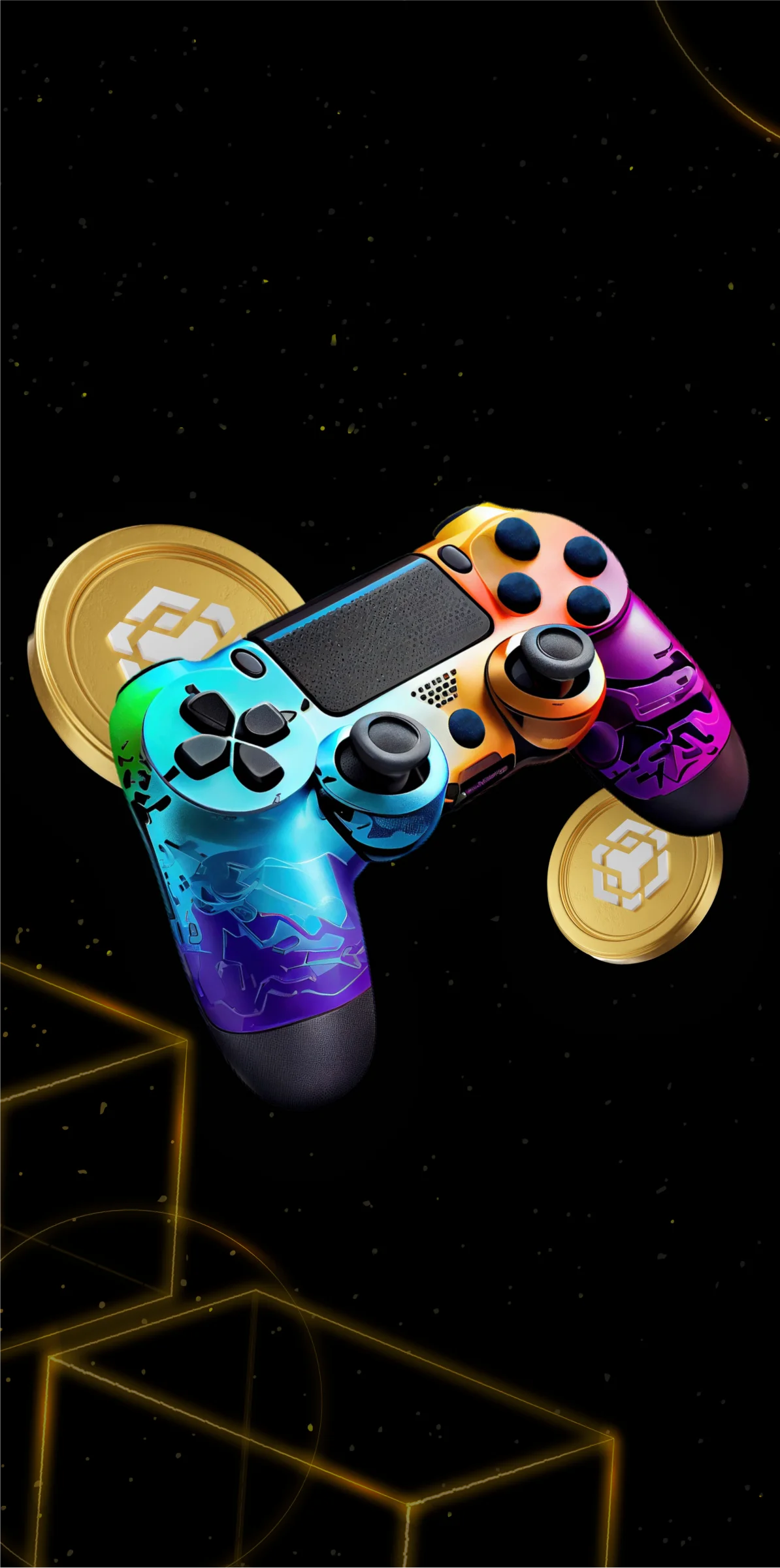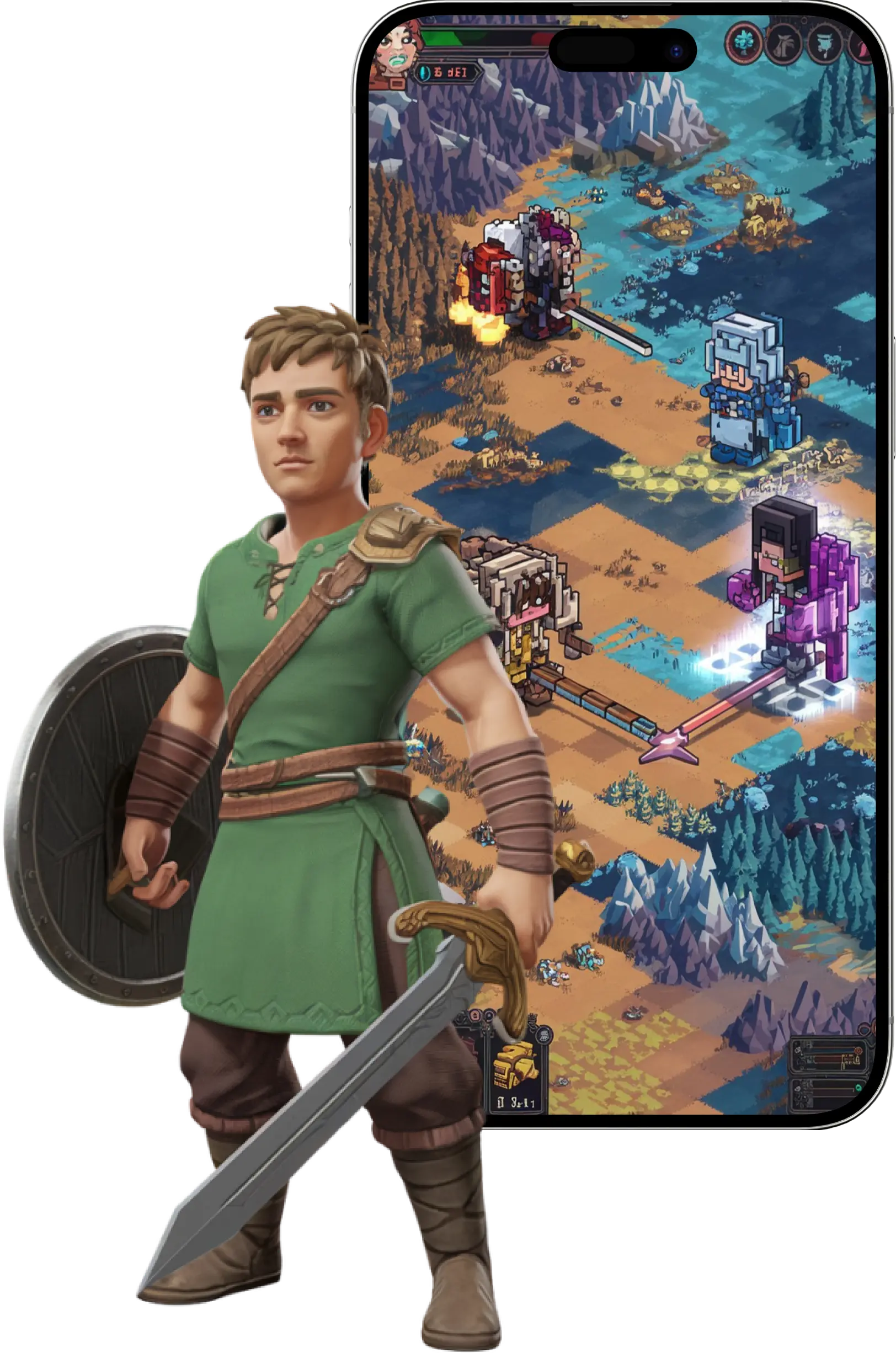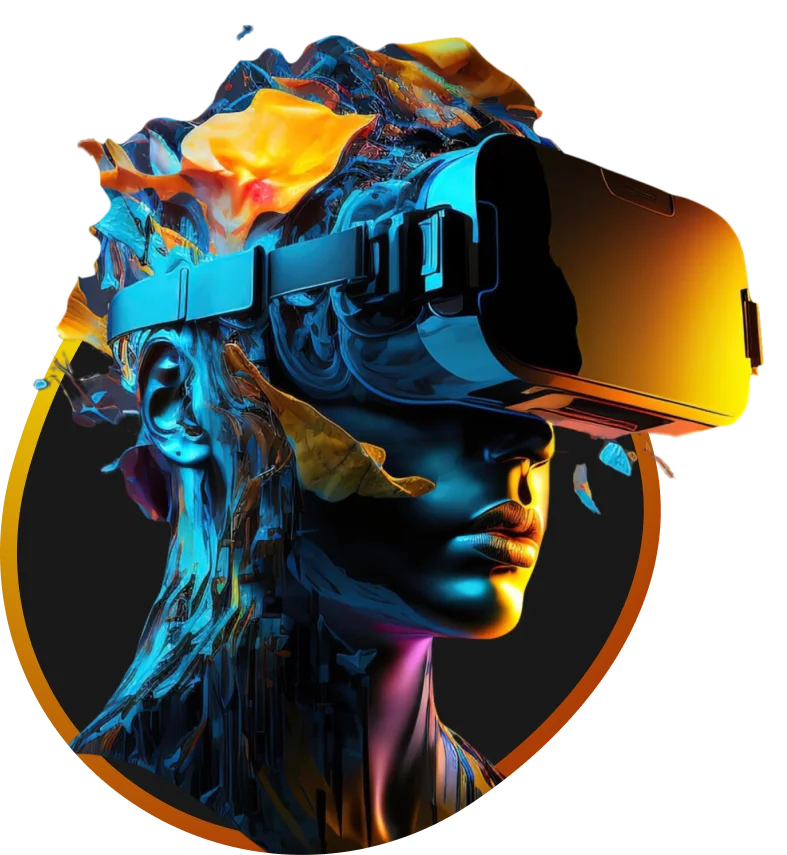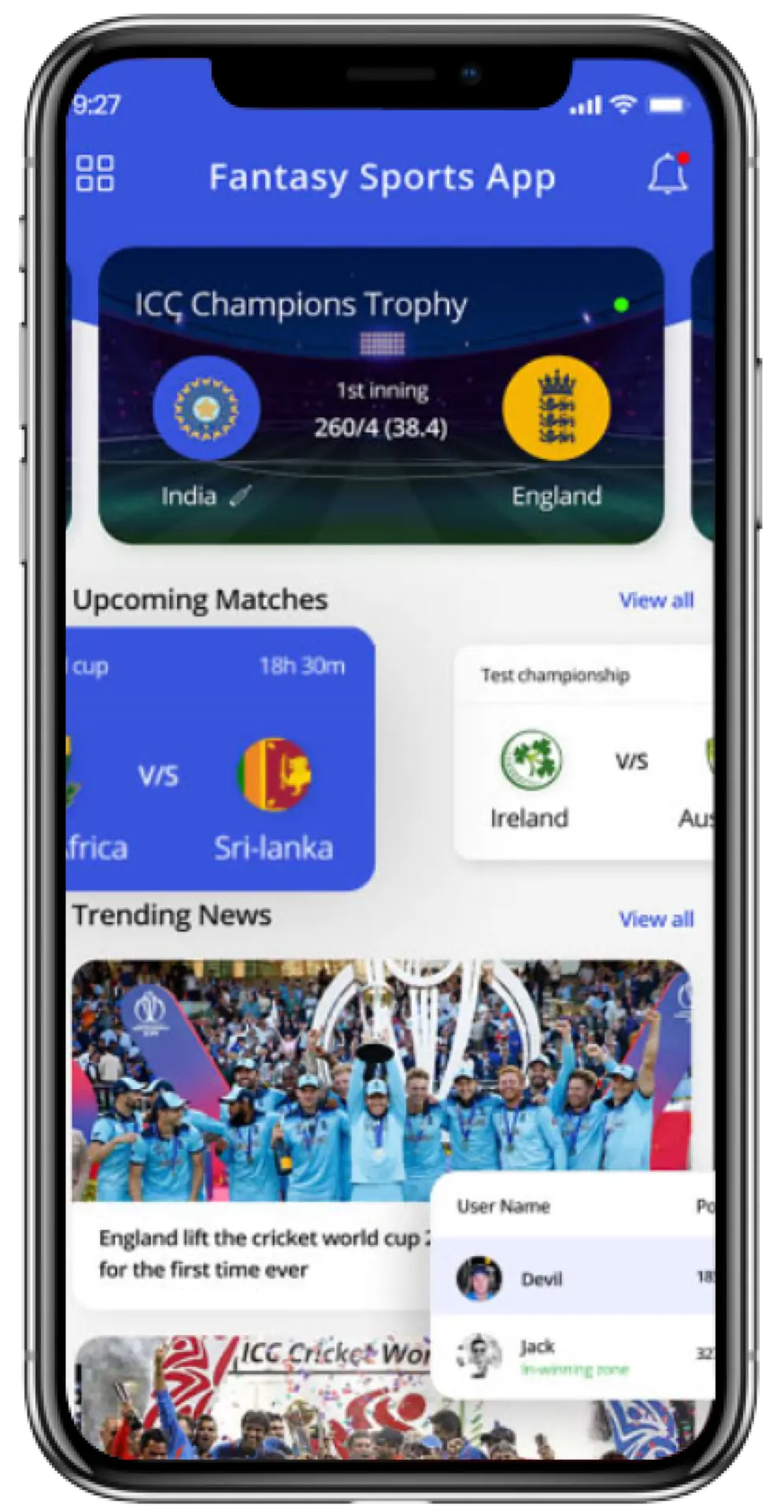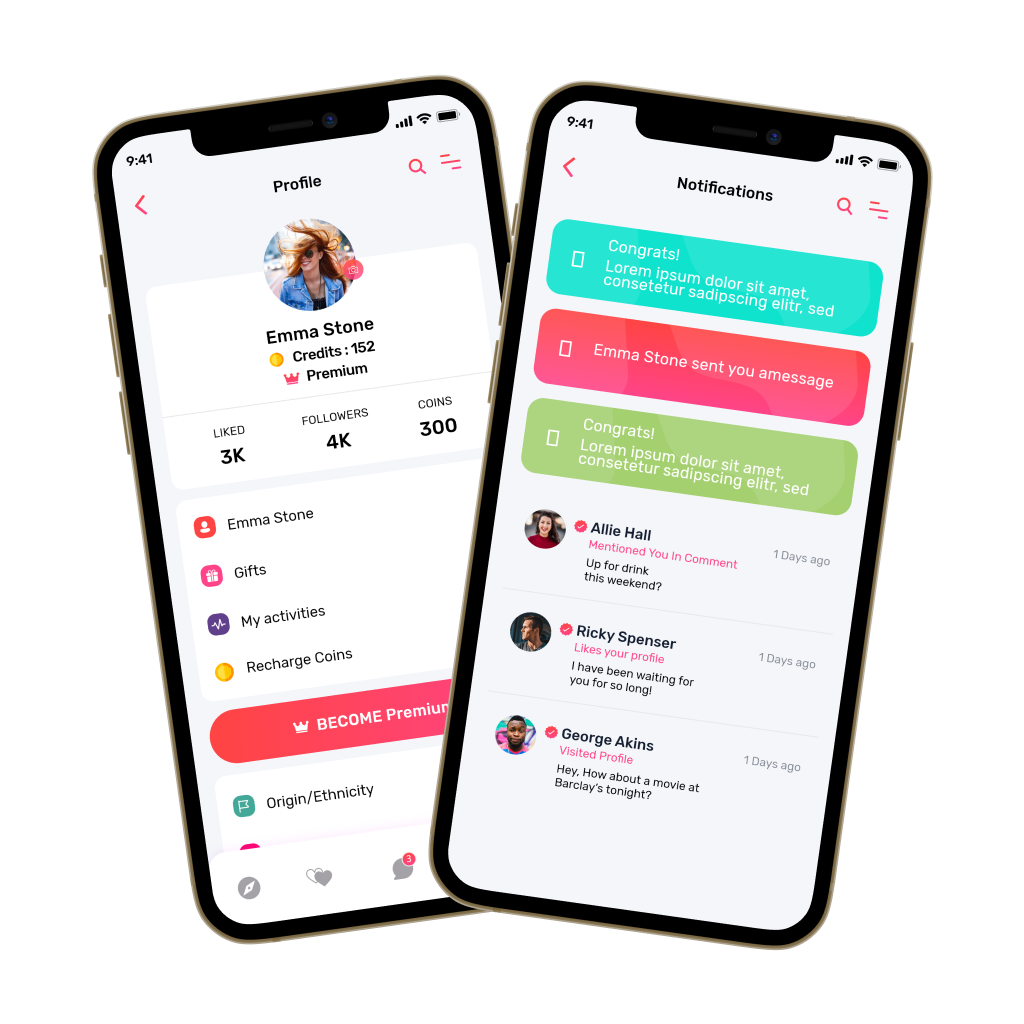Web3 fan engagement platforms are really starting to catch fire, and it’s easy to see why. They’re giving fans and creators a totally new way to connect, with blockchain tech powering more personal, rewarding interactions. Whether you’re an artist, influencer, or brand, these platforms make it easier than ever to build real, meaningful relationships with your audience.
For businesses, diving into the Web3 world isn’t just trendy; it’s smart. From digital collectibles and branded tokens to fan-driven rewards, there are tons of creative ways to boost engagement and unlock new revenue streams. It’s not just about keeping up with the times; it’s about getting ahead.
With Web3, you’re not just creating content; you’re building experiences. You’re giving fans access to exclusive moments and perks that bring them closer to your brand than ever before. And in return? You get loyalty, buzz, and a serious edge in the market.
In this blog, we’ll break down how Web3 fan engagement platforms are shaking up the game and why launching your own could be one of the most profitable moves your business makes this year.
Key Market Takeaways for Web3 Fan Engagement Platforms
Source: GMInsights
This growth is driven by digital trends and the rise of new technologies like AI, blockchain, and AR/VR. These platforms let fans connect with their favorite teams, celebrities, and brands through live streaming, virtual events, and exclusive content.
Web3 platforms, in particular, are becoming popular due to their decentralized, immersive features. Blockchain-based fan tokens and NFTs offer fans unique ways to engage, like voting on decisions or gaining access to exclusive perks. Teams like FC Barcelona and Juventus, along with artists like Kings of Leon, are using these innovations to enhance fan loyalty and create new revenue streams.
Partnerships are also shaping the Web3 space, such as Socios.com’s collaborations with the NBA, UFC, and top European football clubs and Dapper Labs’ NBA Top Shot for trading digital collectibles. These partnerships are opening up exciting opportunities for fans and businesses alike.
Work with Ex-MAANG developers to build next-gen apps schedule your consultation now
A Perfect Time to Invest in Developing a Web3 Fan Engagement Platform
Web3 fan engagement platforms are becoming a goldmine for creators and fans alike. With blockchain technology, these platforms give fans ownership and a say in how they engage, creating new ways to connect directly with their favorite creators. Instead of relying on traditional, centralized platforms that take a cut, fans can support creators through tokenized rewards, NFTs, and exclusive content.
This shift to decentralized systems opens up exciting new revenue opportunities for everyone involved.
Platforms like Audius and Rally are perfect examples of how profitable Web3 fan engagement can be. Audius, a decentralized music streaming platform, lets artists earn cryptocurrency directly from their music. Audius has seen significant growth, boasting over 6 million monthly users and generating millions in revenue through tokenized transactions. In fact, in 2021 alone, the platform generated over $5 million in revenue, highlighting the potential of Web3 music streaming.
Similarly, Rally allows creators to mint their own social tokens, giving fans a way to support them directly. Some creators on Rally are already making over $1 million, and the platform itself has seen impressive growth, with over $50 million worth of transactions processed in 2021. This shows how strong the demand for Web3 fan-driven platforms is!
Types of Web3 Fan Engagement Platforms
Web3 technologies are completely transforming how fans connect with their favorite teams, creators, and artists. Unlike traditional social media platforms, Web3 fan engagement offers real digital ownership, rewards, and a deeper sense of community. Let’s dive into the main types of Web3 fan engagement platforms that are changing the fan experience.
1. Sports Fan Engagement Platforms
Sports fan engagement platforms leverage blockchain technology to offer NFT collectibles (like player cards and memorable moments), prediction games with crypto rewards, and DAO governance, where fans can have a say in team decisions. These platforms also offer tokenized VIP experiences that enhance fan loyalty.
Examples:
- Sorare uses NFTs for fantasy football, allowing players to buy, sell, and trade NFT player cards to build their teams.
- Socios.com offers fan tokens for sports teams, allowing fans to participate in exclusive polls and gain access to special events.
2. Music & Entertainment Fan Clubs
These platforms enable musicians and creators to offer NFT-gated concert tickets, backstage passes, and limited-edition digital merchandise. They also allow for royalty-sharing through token ownership, and fan-driven creative decisions like voting on setlists or content direction.
Examples:
- Royal is a platform that allows music fans to invest in a musician’s future royalties through tokens.
- Audius is a decentralized music streaming platform that lets artists share royalties directly with their fans and engage with them in new, exciting ways.
3. Esports & Gaming Communities
Esports and gaming communities often feature play-to-earn tournament systems, NFT-based in-game items, and team governance tokens. Fans can also participate in metaverse watch parties, making the fan experience more interactive and immersive.
Examples:
- Yield Guild Games provides a play-to-earn gaming ecosystem where players can earn rewards through in-game activities.
- Fan Controlled Football is a DAO-run league that allows fans to vote on game rules, team management, and other decisions.
4. Celebrity & Influencer Platforms
These platforms allow celebrities and influencers to offer personalized NFT experiences, tokenized fan tiers, and exclusive content vaults. Fans can also engage in community-funded projects, giving them a stake in their favorite creator’s success.
Examples:
- Fanbase: A social media platform that allows creators to earn revenue through fan subscriptions and tips, exploring Web3 integration for even deeper fan engagement.
- Rally.io lets influencers and creators launch their own creator coins, allowing fans to invest in and interact with them in new ways.
5. Metaverse Fan Experiences
Metaverse platforms offer virtual concert venues, 3D NFT galleries, avatar-based interactions, and cross-platform digital assets. Fans can immerse themselves in virtual experiences that extend beyond physical limitations, creating a truly global fan community.
Examples:
- Decentraland hosts virtual events like concerts and fashion shows in a fully immersive 3D world.
- The Sandbox partners with brands and creators to offer virtual experiences, from art shows to interactive events.
How Does a Web3 Fan Engagement Platform Work?
Web3 fan engagement platforms are changing the way fans interact with their favorite teams, artists, and influencers. Unlike traditional platforms, they leverage blockchain, NFTs, and tokenized rewards to create more meaningful and rewarding relationships. Here’s how these platforms work:
1. Fans Connect via Web3 Wallets
Instead of using email logins or passwords, fans connect through crypto wallets like MetaMask or Phantom. This gives them a decentralized identity (DID), ensuring privacy and control over their own data.
Why it matters: It cuts out the middleman (like Facebook or Twitter), so fans’ data remains under their control.
2. NFT-Based Memberships & Exclusive Access
Teams or artists issue NFT memberships (e.g., VIP passes, backstage access, or season tickets). Fans own these NFTs, which can be traded or resold on marketplaces, giving them a sense of ownership.
Example: A football club might offer NFT season tickets that give fans access to live Q&As with players, exclusive content, or VIP experiences.
3. Tokenized Rewards for Engagement
Fans earn tokens (like $FAN or others) for participating in platform activities such as:
- Watching live streams
- Voting in polls
- Sharing conten
- Joining challenges
These tokens can be redeemed for merch, traded on crypto exchanges, or staked for higher-tier rewards.
4. Decentralized Governance (Fans Have a Say!)
Some platforms allow fans to participate in decision-making through DAOs (Decentralized Autonomous Organizations). Token holders can vote on decisions like:
- Which charity to support
- Who gets a “Fan MVP” bonus
- What new features should be added to the platform
Fans feel like active stakeholders rather than passive followers, making them more invested in the community.
5. Play-to-Earn & Gamified Experiences
Web3 platforms use Play-to-Earn and gamified experiences to keep fans engaged. Fans can join prediction games, like guessing match scores for crypto rewards, play in fantasy leagues with NFT player cards, or attend virtual events like metaverse concerts. These features make fan interactions more fun and rewarding!
6. Secondary NFT Markets & Royalties
Fans can resell their NFTs like rare collectibles or signed moments on secondary markets. When these NFTs are resold, creators earn royalties (typically 5-10%) from every resale. This ensures that creators are rewarded long-term, even after the initial sale, and fans can make a profit by reselling.
Why Web3 Fan Engagement Beats Traditional Platforms?
| Traditional Platforms | Web3 Fan Platforms |
| Fans are just “followers.” | Fans are invested stakeholders |
| No real ownership | NFTs = Digital ownership |
| Limited monetization | Token rewards + royalties |
| Centralized control | Decentralized & community-driven |
Key Features of a Web3 Fan Engagement Platform
The future of fan engagement is here, powered by Web3, offering immersive and rewarding experiences. Here are the key features that will make your Web3 fan engagement platform stand out:
1. Web3 Wallet Integration
Fans can securely store and manage their crypto tokens, NFTs, and collectibles in one wallet. With support for popular wallets like MetaMask, Trust Wallet, and Phantom, fans can easily buy, sell, and trade NFTs. For example, Audius, a decentralized music streaming platform, integrates Web3 wallets to allow users to manage their $AUDIO tokens and NFTs seamlessly.
2. Token Offering (Fan Tokens & Early Access)
Launch exclusive fan tokens that represent teams, leagues, or artists. Early supporters can access presale discounts and redeem tokens for rewards, with options to trade or stake them. For example, Socios allows sports teams to sell fan tokens, where holders can vote on club decisions and access exclusive content like meet-and-greets and event tickets.
3. Polls & Community Governance
Let fans have a say in decisions like jersey designs or event themes through token-based polls. This boosts fan engagement and emotional investment, all powered by DAO principles. For example, Krause House DAO uses token-based voting to give fans a voice in decision-making, like choosing the next steps toward purchasing an NBA team.
4. Prediction Contests & Crypto Rewards
Engage fans with prediction games, where they guess match outcomes or player stats. Winners can earn instant crypto rewards like tokens or NFTs, increasing daily activity and retention. Unitea features a “Watch-to-Earn” model where fans earn NFTs by answering trivia questions during broadcasts, keeping them engaged while rewarding them with crypto.
5. Badges & Gamified Loyalty
Reward fans with tiered badges based on engagement (e.g., “Superfan,” “Early Supporter”). These unlock exclusive perks like VIP content, merchandise discounts, or backstage access. For instance, V.Hive by Team Vitality offers fans tiered badges and rewards based on their engagement, with perks like early access to merchandise drops and discounts.s.
Development Steps for a Web3 Fan Engagement Platform
Here are the steps to develop a web3 fan engagement platform,
1. Market Research and Concept Planning
The development journey begins with comprehensive market research. This involves analyzing audience behavior, identifying engagement gaps in traditional platforms, and understanding how blockchain can enhance fan interaction. Clear goals, use cases, and platform objectives must be defined during this phase.
2. Blockchain Selection and Architecture Design
Choosing the right blockchain infrastructure is critical. Options like Ethereum, Polygon, or Solana offer different advantages in scalability, transaction speed, and cost. The platform’s architecture should be designed to support smart contracts, NFT functionality, DAOs, and wallet integrations.
3. Smart Contract Development
Smart contracts automate and enforce key platform features such as NFT minting, voting mechanisms, reward distribution, and content access. These contracts should be carefully coded, tested, and audited to ensure security and performance.
4. NFT System Implementation
Develop an NFT system that allows fans to own digital assets such as collectibles, VIP passes, or exclusive media. Define the NFT metadata standards, storage solutions (e.g., IPFS or Arweave), and the minting mechanism for creators and users.
5. DAO Integration for Community Governance
Enable decentralized governance by setting up a DAO structure. Token holders should be able to vote on platform changes, event decisions, or creator collaborations. Governance mechanisms should be transparent and easy to access for participants.
6. Tokenomics and Reward System Design
Create a token economy that incentivizes engagement. Define the role of utility tokens for transactions, rewards, and governance. Develop reward mechanisms for activities like content creation, participation in events, and platform loyalty.
7. Frontend and Backend Development
Build an intuitive frontend interface that connects with the Web3 backend. The backend should integrate blockchain nodes, wallets (like MetaMask or WalletConnect), and smart contracts. The UI must be optimized for seamless fan interaction and NFT trading.
8. Marketplace and Immersive Experience Integration
Launch an in-app marketplace for users to trade NFTs. Add immersive features like AR, VR, or Metaverse integrations to enhance fan engagement. This step ensures the platform stands out by offering unique interactive experiences.
9. Testing, Security Audits, and Launch
Conduct extensive testing for bugs, performance issues, and smart contract vulnerabilities. Perform third-party security audits to validate blockchain code and ensure user data protection. After successful testing, deploy the platform and launch marketing campaigns to attract users and creators.
Cost of Developing a Web3 Fan Engagement Platform
The cost of developing a Web3 fan engagement platform varies based on the platform’s features, blockchain technology, and customization requirements.
| Development Stage | Task | Estimated Cost Range (USD) |
| 1. Research and Planning (5%–10%) | Market Research | $500 – $2,000 |
| Concept Definition & Scope | $1,000 – $3,000 | |
| Web3 Strategy (Blockchain, Tokenomics, NFT) | $500 – $2,000 | |
| 2. UI/UX Design (10%–15%) | Wireframing & Prototyping | $1,000 – $5,000 |
| Visual Design (Branding & Screens) | $1,500 – $7,500 | |
| Usability Testing | $500 – $2,500 | |
| 3. Backend Development (20%–30%) | Smart Contract Development | $2,000 – $20,000 |
| API Development | $1,500 – $7,500 | |
| Database Design & Implementation | $1,000 – $5,000 | |
| Server-side Logic | $1,500 – $7,500 | |
| 4. Frontend Development (20%–30%) | Web App Interface | $2,000 – $15,000 |
| Wallet Integration (MetaMask, WalletConnect) | $500 – $3,000 | |
| Web3 Integration | $1,000 – $5,000 | |
| 5. Core Application Features | NFT Collectibles (Minting/Marketplace) | $3,000 – $15,000+ |
| Fan Tokens (Utility, Voting Access, DEX) | $2,000 – $10,000+ | |
| Voting/Governance Mechanisms | $1,000 – $5,000 | |
| Exclusive Content Access | $1,000 – $4,000 | |
| Community Chat/Forum | $1,000 – $5,000 | |
| Gamification (Points, Badges) | $1,500 – $6,000 | |
| Optional: Metaverse Integration | $5,000 – $20,000+ | |
| 6. Testing & QA (10%–15%) | Unit Testing | $500 – $2,500 |
| Integration Testing | $750 – $3,750 | |
| Smart Contract Audit | $1,000 – $10,000+ | |
| User Acceptance Testing (UAT) | $500 – $2,500 | |
| Performance & Security Testing | $1,000 – $5,000 | |
| 7. Deployment (5%–10%) | Smart Contract Deployment (Gas fees) | $500 – $3,000 |
| Backend & Frontend Deployment | $500 – $2,000 |
Factors Affecting the Development Cost of Web3 Fan Engagement Platform
A multitude of factors influence the overall cost of developing a Web3 fan engagement platform, some common to traditional web development and others uniquely tied to the decentralized nature of Web3. Understanding these variables is crucial for accurate budgeting and planning.
- Blockchain Platform Choice: The chosen blockchain (e.g., Ethereum, Polygon, Solana) impacts costs due to differences in development tools, smart contract languages (like Solidity), transaction fees (gas fees), and the availability of developers with specific blockchain expertise.
- Smart Contract Development Complexity and Audits: Developing secure and efficient smart contracts for token management, NFT minting, and governance requires specialized skills. Furthermore, smart contract audits by security experts are crucial and add a significant cost layer unique to Web3 projects.
- Tokenomics and Governance Structures: Designing and implementing the economic model for fan tokens and the governance mechanisms (if any) adds complexity and cost not typically found in traditional fan engagement platforms.
- NFT Standards and Functionality: The choice of NFT standards (e.g., ERC-721, ERC-1155) and the complexity of NFT features (e.g., dynamic NFTs, fractionalization) influence development costs.
Most Successful Business Models for Web3 Fan Engagement Platforms
Here are the most successful business models for web3 engagement platforms,
1. NFT-Based Collectibles and Tokenized Experiences
NFTs are revolutionizing fan engagement by offering fans digital collectibles that hold value both online and offline. These NFTs can represent memorable moments, exclusive content, or even merchandise and are often tied to real-world utilities like VIP access to events. Fans purchase NFTs as proof of loyalty or ownership, and they can be resold on marketplaces, creating a secondary revenue stream for both fans and platforms.
Examples:
- Dapper Labs: Partnered with Ticketmaster to issue NFT-based tickets for NFL games, offering fans digital versions of their tickets that could be traded or kept as memorabilia.
- WowTalkies: Uses NFTs to enhance fan experiences by offering exclusive content and interactive opportunities.
2. Engage-to-Earn Ecosystems
The Engage-to-Earn model encourages fans to actively engage with creators or brands through activities such as sharing content, participating in contests, or interacting with digital media. Fans earn rewards such as crypto tokens or NFTs based on their level of engagement.
Examples:
- Unitea: Fans earn “Karma,” an off-chain token, for creating user-generated content and sharing engagement data. The platform raised $7 million in funding to expand its user base and offerings further.
- NBA on TNT: Piloted a “Watch-to-Earn” program where fans earned NFTs by answering trivia questions during broadcasts, creating a more immersive viewing experience.
3. Loyalty Programs via Tokenization
Tokenization-based loyalty programs reward fans for their ongoing engagement. Fans earn blockchain-based tokens by attending events, purchasing merchandise, or participating in online activities. These tokens can be redeemed for exclusive perks such as VIP access, discounts on merchandise, or special experiences.
Examples:
- First Mind’s Watch-to-Earn Program: Rewards fans with tokens for watching NBA games on TNT and engaging with the content via QR codes.
- Ticketmaster’s NFT Ticketing: Piloted programs where loyal attendees could claim NFT tickets tied to unique perks and benefits, enhancing the fan experience with additional value.
Top 5 Web3 Fan Engagement Platforms in the USA
The rise of Web3 technology is transforming how fans engage with their favorite creators, teams, and artists in the USA. Here are five standout platforms that are reshaping the industry:
1. wowTalkies
wowTalkies combines NFTs and tokenization to create unique, community-driven experiences. Fans can own exclusive digital assets, vote on governance decisions via DAOs, and explore immersive features like augmented reality. The platform has attracted significant attention, with backing from Tangentia Ventures in 2022, helping it grow a loyal and engaged fan base.
2. Fanprime
Dubbed the “Shopify of Digital Fan Loyalty,” Fanprime enables fans to earn NFT cards as rewards for their interactions across social media platforms. Through gamification and loyalty programs, it incentivizes deeper fan engagement, offering perks like merchandise and event tickets.
3. Livelike
Livelike brings token-gated experiences to fans by offering exclusive access to content in exchange for NFTs. The platform boosts interaction with gamified tools like polls, surveys, and leaderboards. Fans can also co-watch live events and track real-time stats, enhancing participation and engagement during broadcasts. It’s a great example of how Web3 can make live viewing experiences more immersive.
4. The Pride (MAD Lions)
The Pride, created by MAD Lions in collaboration with Zilliqa, allows fans to store digital assets in blockchain wallets and earn in-app rewards. Fans can complete quests to earn “roars,” an in-app currency redeemable for physical and digital prizes. This platform enhances engagement by offering fans the chance to dive deeper into the esports community while benefiting from exclusive rewards.
5. Audius
Audius is a decentralized music streaming platform with a community of 7.5 million users. It empowers artists by enabling them to directly monetize their music through royalties and tips, bypassing traditional intermediaries. Fans interact with artists using the platform’s native token, $AUDIO, which is used for staking and governance. This creates a transparent, fan-driven ecosystem for music lovers and creators alike.
Conclusion
Creating a Web3 fan engagement platform lets businesses connect with their audience in fresh, exciting ways using blockchain. By offering unique rewards like NFTs and tokenized perks, companies can build loyalty, boost brand visibility, and create new revenue streams through exclusive content and virtual products. It’s a great way to innovate and grow in the digital world!
Looking to Develop a Web3 Fan Engagement Platform?
At Idea Usher, we specialize in building cutting-edge Web3 fan engagement platforms that empower brands to connect with their audience in new, innovative ways. With over 500,000 hours of coding experience and a talented team of ex-MAANG/FAANG developers, we ensure top-notch quality and performance. Whether you’re looking to create tokenized communities, NFT-based loyalty programs, or decentralized fan experiences, our expertise can bring your vision to life.
Check out our latest projects to see the amazing work we’ve done for others, and let’s create something incredible together!
Work with Ex-MAANG developers to build next-gen apps schedule your consultation now
FAQs
Q1: How to develop a Web3 fan engagement platform?
A1: To develop a Web3 fan engagement platform, start by integrating blockchain technology for secure transactions, tokenization, and decentralized ownership. Focus on features like NFTs, fan tokens, and digital collectibles to give fans ownership and unique experiences. Choose the right blockchain, design an intuitive user interface, and ensure seamless integration with existing fan ecosystems to create an engaging and rewarding experience.
Q2: What is the cost of developing a Web3 fan engagement platform?
A2: The cost of developing a Web3 fan engagement platform depends on factors like the platform’s complexity, blockchain integration, and the number of features. With the need for custom smart contracts, token creation, and security measures, it can be more expensive than traditional platforms. The overall cost will vary depending on the scope, design, and functionality of the platform.
Q3: How do Web3 fan engagement platforms make money?
A3: Web3 fan engagement platforms typically generate revenue through the sale of NFTs, fan tokens, and digital merchandise. Other methods include transaction fees on the blockchain, premium subscriptions for exclusive content or special event access, and offering brands the opportunity to run campaigns or ads directly within the platform.
Q4: What are the features of a Web3 fan engagement platform?
A4: Key features of a Web3 fan engagement platform include the ability to buy, sell, and trade NFTs, earn rewards with fan tokens, and access exclusive content and experiences. Integrating features like decentralized voting, community governance, and staking rewards can enhance fan involvement while ensuring secure and transparent interactions through blockchain technology.
